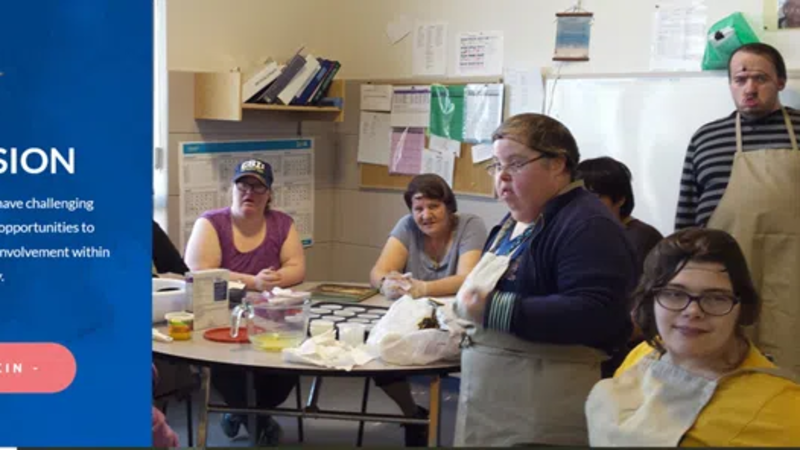
Chief says grave search at B.C. residential school brings things ‘full circle’
PRINCE GEORGE, B.C. — Chief Robert Michell says relief isn’t the right word to describe his reaction as the search begins for unmarked graves at the site of a former residential school he attended in northern British Columbia.
Michell is the chief of Stellat’en First Nation some 160 kilometres west of Prince George, B.C., and a survivor of the Lejac Indian Residential School where a geophysical survey is underway to find children missing since the facility closed in 1976.
“It’s not necessarily a relief,” Michell said. “I think it’s come full circle because you watch the news every day, you watch what’s happening in other parts of British Columbia in relation to the residential schools … you knew at some point Lejac was going to be on the map to do this too.
“And once the announcement came, then the hard conversation started as to where do we look? What are we looking for?”


